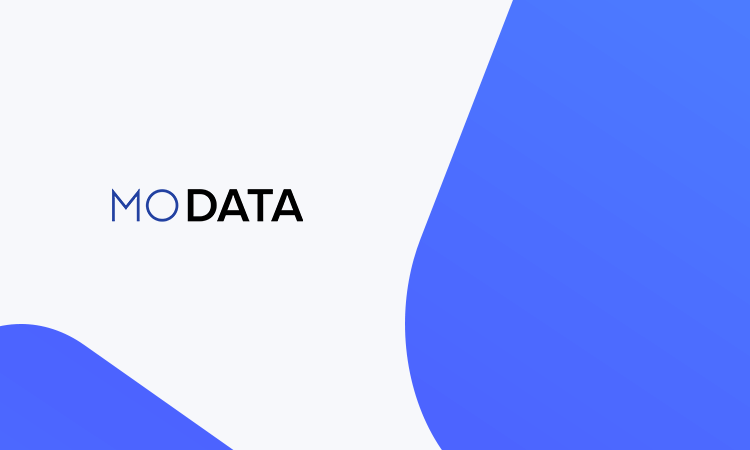
Whatever sales organization you head, be it in B2B or B2C landscape, the first step to scalable growth is sales forecasting, especially in the case of Software-as-a-Service (SaaS) business. While it’s true that no enterprise business has ever survived without forecasting its sales based on historical data and existing market trends, in the case of sales forecasting a SaaS business, there is a paradigm shift from “revenue forecasting” to “booking forecasting”.
Before we can dive into this shift, let’s start by looking at the difference between the two.
Revenue Forecasting
In the case of most traditional B2B businesses, when a customer purchases traditional software, the sales managers and sales heads will be forecasting revenue (or sales revenue) by the outcome of sales. To state it simply, this perspective of revenue is defined by money earned or “the income generated from the sale of goods or services, or any other use of capital or assets, associated with the main operations of an organization before any costs or expenses are deducted.”
The problem with forecasts is often times they take a lot of resources to generate. Time, energy, expertise are all involved in creating a revenue forecast. Not to mention it can often be wrong.
We’ve studied forecasting a lot and we’ve integrated real-time data to increase the accuracy of forecasts and give you an edge when making a decision.

Booking Forecasting
By contrast, SaaS companies forecast sales by utilizing new bookings instead.
When the user/client subscribes to your SaaS product then you “book” the business where the customer is projected to use your product for some period of time (typically 1-3 years), is usually held under contract to do so, and makes pays monthly just like any other subscription.
As an example, if your customer signs up for your plan priced at $100 a month for 3 years. In this scenario, you have “booked” the business for 3 years at $100 / month = $3600 total, but your revenue is earned at $100 per month.
To summarize simply, “revenue is made on a recurring basis in return for consistent access to the delivery of a good or service.”
Hence, SaaS sales forecasting relates to “Booking” forecasting and not Revenue forecasting.
Types of Revenues in SaaS Businesses
Following are the revenues we have recognized that you should be tracking to see the overall health of your SaaS business:
1. New Bookings
As seen in the above example, the new customer signs a contract with you to use your SaaS product for 3 years. The total sum of $3600 is booked when the customer signed the contract to receive your service in exchange.
SaaS businesses generally count only the total value of the contract (TCV) under booking even if the upfront payment was partly made (paid yearly or quarterly).
When you are forecasting you can decide if you want to include only yearly plans as new bookings or monthly recurring plans.
2. Renewal Revenue
It is crucial for you as a sales leader to be able to track and renew the contracts in the pipeline that are about to expire.
A higher percentage of total revenue comes after the acquisition of customers i.e., through renewals and upselling.
The ability to forecast this renewal revenue effectively can be a gamechanger for your SaaS business.
As there are many factors that can influence the renewal forecast, there are many places it can go wrong as well. Some situations to watch out for are:
- Focus on high-value contracts with the assumption that low-value contracts will not add value to the revenue.
- The sales team is pursuing new bookings without realizing that going behind new customers can be an expense for your business.
- Existing customer’s need might have changed or the decision makers might have left the organization.
- The sales team is late in starting the dialogue for renewal.
3. Upsell Revenue
So, how and why would you move your existing customer from a free plan to pro and eventually convert them into an enterprise customer?
“The probability of selling to an existing customer is 60 – 70%. The probability of selling to a new prospect is 5-20% (Marketing Metrics)”. However, in reality, the sales execs in SaaS businesses have this inclination to follow and convert the new prospects, which could be a pricey incident.
To increase your revenue per customer and reduce the cost of customer acquisition (CAC), you need to shift the focus of your sales execs to upselling.
When you are upselling, you are offering something extra, something premium that would add value to your customer’s business. It’s imperative that you educate your existing customers by consolidating data about their business and their usage of your service. How are they using your service? Are they benefiting from it?
Follow certain rules in your sales organization to increase upsell revenue:
- Track behavioral data to form user segments. You already have your customer behavioral data at your disposal to gauge how they are using the current features of your service. Are they ready to upgrade or buy more licenses? There can be certain customers who would have signed up for a free trial but never became the paid customer. Find the right time to approach the highly-engaged user segment who is more receptive to go for an upgrade because of the value proposition in the features they haven’t explored.
- Look at your historical data from past 2-3 years to study the cases of your successful sell-ups.
- Churn rate is an important variable used in forecasting sales for SaaS businesses as it greatly affects renewals and upsells revenue.
Upselling is vital to your business as it raises Customer Lifetime Value (CLV). Higher CLV leads to better revenue with minimal or no investment. If upselling is taken care of in your revenue stream, then your business will be left with more money to invest in getting new customers on board.

Lower CAC in case of Upsells
Source: 2015 Pacific Crest SaaS Survey- David Skok
4. Service Revenue
Service revenue, as we know, is deferred revenue and only earned once the promised service has actually been completed to the customer by your business. Due to its high importance, especially to a service-based businesses model, it needs to be defined, accounted for, and predicted carefully. Therefore, the previous collection or advanced payment should not be included under service revenue until this delivery has taken place.
Planning and forecasting service revenue can’t be ignored, you need to see how much of your promised services have actually been delivered to the customers.
Simplifying it all up, Bookings, Renewals, Upsells and Services are the major source of income for your SaaS business. It’s time you invest in these revenue pieces and furthermore track the key variables such as Customer Acquisition Costs (CAC), Customer Lifetime Value (LTV), Monthly Recurring Revenue (MRR), Annually Recurring Revenue, Churn and Renewal Rates etc. to empower your decision-making ability with a more data-driven approach resulting in more accurate predictions.




